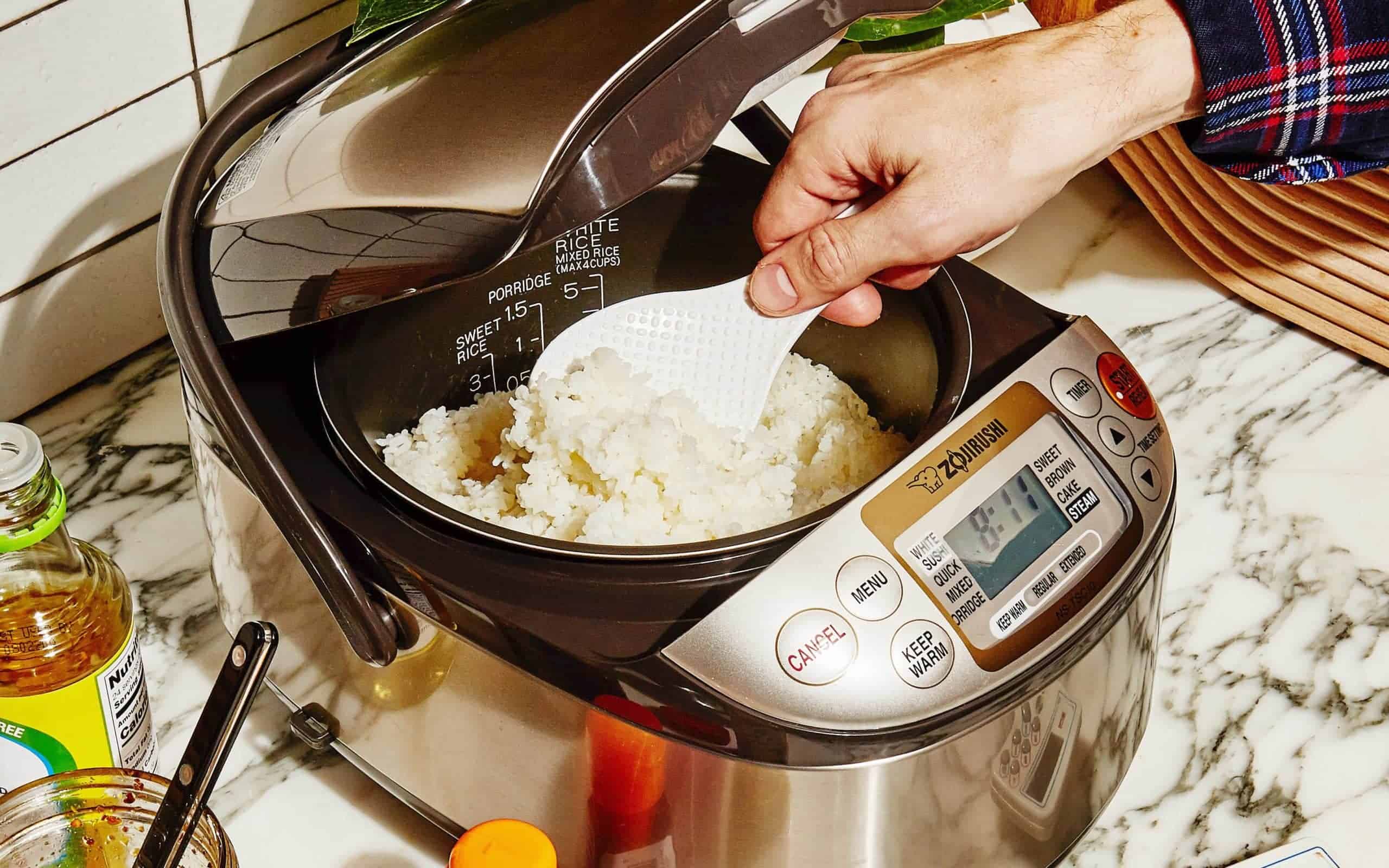

Articles
How Does Rice Cooker Work
Modified: March 25, 2024
Discover the inner workings of a rice cooker in this informative article. Understand how rice cookers utilize heat and steam to effortlessly cook perfect rice every time.
(Many of the links in this article redirect to a specific reviewed product. Your purchase of these products through affiliate links helps to generate commission for Storables.com, at no extra cost. Learn more)
Introduction
Rice is a staple food in many parts of the world, and cooking it to perfection can be a daunting task. However, thanks to modern technology and the invention of rice cookers, preparing fluffy and delicious rice has become a breeze for many households.
A rice cooker is a kitchen appliance that simplifies the cooking process, taking away the guesswork and ensuring consistent results every time. It offers convenience, efficiency, and versatility, making it a must-have for rice enthusiasts and busy individuals alike.
In this article, we will delve into the inner workings of a rice cooker and explore how this simple device manages to deliver perfectly cooked rice effortlessly. From its components and heating mechanism to the cooking process and automatic features, we will demystify the secrets behind the rice cooker’s functionality.
Whether you are a seasoned rice cooker user or just beginning your rice cooking journey, this article will provide you with valuable insights into the world of rice cookers and how they work. Let’s dive in!
Key Takeaways:
- Rice cookers offer convenience, efficiency, and versatility by simplifying the cooking process and ensuring consistent results. With automatic features and precise heating mechanisms, they provide a hassle-free way to prepare fluffy and delicious rice every time.
- Regular maintenance and cleaning are essential to ensure the longevity and optimal performance of rice cookers. Following safety guidelines and proper cleaning practices will help maintain a safe cooking environment and preserve the quality of cooked rice.
Read more: Why Is My Rice Cooker Not Working
Components of a Rice Cooker
A rice cooker consists of several key components that work together to ensure efficient and effective cooking. Understanding these components will give you a clear picture of how the rice cooker functions:
- Inner Pot: The inner pot, generally made of non-stick material, is where the rice and water are placed for cooking. It is removable, making it easy to clean after use.
- Heating Element: The heating element is responsible for generating the heat needed to cook the rice. It is typically located at the bottom of the rice cooker and can be either electric or induction-based.
- Thermostat: The thermostat is a temperature-sensitive device that regulates the heat inside the rice cooker. It ensures that the cooking temperature remains consistent throughout the cooking process.
- Control Panel: The control panel is where you can set the cooking time, select different cooking modes, and adjust other settings depending on the model of your rice cooker. It typically features buttons or a digital interface for easy operation.
- Steam Vent/Lid: The steam vent or lid allows excess steam to escape during the cooking process, preventing pressure build-up. Some rice cookers come with a detachable lid for easy cleaning.
- Measuring Cup: A measuring cup is provided with the rice cooker to ensure the precise measurement of rice and water. This helps you achieve consistent results every time you cook.
- Steam Tray (Optional): Some rice cookers come with a steam tray that sits on top of the inner pot. It allows you to steam vegetables, meats, or other foods while simultaneously cooking rice.
These components work harmoniously to provide you with a seamless cooking experience. Now that we have covered the basic components, let’s explore the heating mechanism that allows the rice cooker to cook rice to perfection.
Heating Mechanism
The heating mechanism is a crucial component of a rice cooker, responsible for generating the heat necessary to cook the rice. There are two common types of heating mechanisms found in rice cookers:
- Electric Heating: In rice cookers with electric heating, an electric coil located at the bottom of the cooker generates heat. When the cooker is turned on, an electrical current passes through the coil, heating it up. The heat is then transferred to the inner pot, where the rice and water are placed for cooking. The thermostat monitors and controls the temperature to maintain the ideal cooking conditions.
- Induction Heating: Some advanced rice cookers feature induction heating, which uses magnetic fields to generate heat. The inner pot of these rice cookers contains a metal plate, and when an electrical current is passed through the plate, it creates a magnetic field. This magnetic field induces electrical currents in the pot itself, generating heat. Induction heating offers precise temperature control and even heat distribution, resulting in perfectly cooked rice.
Both electric and induction heating mechanisms are highly efficient, providing consistent and reliable heat for optimal rice cooking. The heating mechanism plays a vital role in ensuring that the rice grains are evenly cooked and not undercooked or overcooked.
Now that we have a basic understanding of the heating mechanism, let’s explore the actual process of cooking rice in a rice cooker.
Cooking Process
The cooking process in a rice cooker involves a few simple steps that result in perfectly cooked rice. Here is a breakdown of how the rice cooker prepares the rice:
- Measuring: Start by measuring the desired amount of rice using the provided measuring cup. It is important to follow the recommended rice-to-water ratio mentioned in the rice cooker’s user manual for best results.
- Washing: Rinse the rice grains in cold water to remove any excess starch. Gently swirl the rice with your fingers while rinsing until the water runs clear.
- Water Addition: Transfer the rinsed rice into the inner pot of the rice cooker and add the appropriate amount of water indicated in the manual. The water level should be based on the type and desired texture of the rice.
- Cooking Mode Selection: Close the lid and select the desired cooking mode on the control panel. Most rice cookers offer different cooking modes such as white rice, brown rice, sushi rice, or even a quick cook option.
- Cooking Time: Once you have selected the cooking mode, the rice cooker will automatically start the cooking process. The heating mechanism generates heat, causing the water to boil and creating steam inside the cooker. This steam cooks the rice. The thermostat monitors and controls the temperature to ensure consistent results.
- Keep Warm Mode: Once the rice is cooked, many rice cookers have a built-in keep warm mode that activates automatically. This mode helps to maintain the temperature of the cooked rice, keeping it warm and ready to serve for extended periods without drying out or overcooking.
The cooking process in a rice cooker is designed to be convenient and hassle-free. It eliminates the need for constant monitoring and stirring, allowing you to focus on other tasks while the rice cooker takes care of the cooking process.
Next, we will explore the automatic features that make rice cookers even more efficient and user-friendly.
Automatic Features
Rice cookers are equipped with various automatic features that enhance convenience and ensure consistent results. Here are some common automatic features found in rice cookers:
- Auto Shut-Off: Once the rice is cooked, the rice cooker automatically shuts off to prevent overcooking or burning. This feature is especially useful if you get distracted or forget to turn off the cooker manually.
- Keep Warm Function: As mentioned earlier, rice cookers often have a keep warm mode that activates once the cooking cycle is complete. This feature keeps the rice at a warm serving temperature without overcooking it, making it ideal for family meals or gatherings where the rice may need to sit for a while before serving.
- Delay Timer: Some advanced rice cookers come with a delay timer feature. This allows you to set a specific time for the cooking cycle to begin. You can prepare the ingredients in advance and have the rice ready exactly when you need it.
- Multiple Cooking Modes: Rice cookers offer multiple cooking modes to accommodate different types of rice and cooking preferences. Whether you want to cook white rice, brown rice, sushi rice, or even make porridge, you can easily select the appropriate mode on the control panel.
- Sensor Technology: High-end rice cookers utilize sensor technology to detect the optimal cooking time and adjust the temperature accordingly. This helps to ensure that the rice is perfectly cooked every time, regardless of the rice type or the quantity being cooked.
These automatic features make cooking rice a breeze and allow you to achieve consistent and delicious results effortlessly. Whether you are a busy individual or a cooking enthusiast, the automatic features of a rice cooker can save you time and effort in the kitchen.
In the next section, we will discuss the various benefits of using a rice cooker. Stay tuned!
When using a rice cooker, always use the correct ratio of rice to water for the type of rice being cooked. Different types of rice may require different amounts of water for optimal results.
Read more: How Does A Gas Fireplace Work
Benefits of Using a Rice Cooker
Using a rice cooker offers several benefits that make it a valuable addition to any kitchen. Here are some of the key advantages of using a rice cooker:
- Convenience: One of the biggest advantages of using a rice cooker is the convenience it offers. Simply measure the rice and water, select the desired cooking mode, and let the rice cooker do the rest. You don’t need to monitor the pot for boiling water or worry about the rice sticking to the bottom. The rice cooker takes care of the entire cooking process, allowing you to focus on other tasks or prepare other dishes.
- Consistent Results: Rice cookers are designed to provide consistent results every time. With precise temperature control and automatic features, you can trust that the rice will be cooked to perfection, with each grain evenly cooked and fluffy. Say goodbye to undercooked or overcooked rice.
- Time-Saving: Cooking rice on the stovetop requires constant supervision and stirring, which can be time-consuming. Rice cookers eliminate the need for this constant monitoring, allowing you to save valuable time in the kitchen. You can set up the rice cooker, attend to other tasks, and come back to perfectly cooked rice.
- Versatility: Rice cookers are not limited to cooking plain rice. Many models come with additional cooking modes or features, allowing you to expand your culinary repertoire. You can cook different types of rice, such as brown rice or sushi rice, or even use the rice cooker for steaming vegetables, making soups, or preparing one-pot meals.
- Energy-Efficient: Rice cookers are efficient in terms of energy consumption. They are designed to use just the right amount of heat needed to cook the rice, minimizing energy waste. The automatic shut-off feature and keep warm mode further contribute to energy efficiency.
These benefits make a rice cooker an invaluable tool in the kitchen, especially for those who frequently cook rice or want to simplify meal preparation. From convenience and consistent results to time-saving and versatility, a rice cooker offers a range of advantages that make it worth considering.
In the next section, we will explore some common issues that may arise while using a rice cooker and provide troubleshooting tips to help you overcome them.
Common Issues and Troubleshooting Tips
While rice cookers are generally reliable and user-friendly, occasional issues may arise. Here are some common problems you may encounter while using a rice cooker and troubleshooting tips to resolve them:
- Undercooked Rice: If you find that your rice is undercooked and still hard after the cooking cycle, add a little more water to the rice cooker and cook for a few more minutes. The extra moisture will help soften the rice. Additionally, make sure you are using the correct rice-to-water ratio and that the inner pot is properly placed in the cooker.
- Overcooked Rice: If your rice turns out too mushy or overcooked, you may be using too much water or cooking it for too long. Adjust the rice-to-water ratio according to the recommended guidelines, and reduce the cooking time if necessary. If you consistently encounter this issue, consider reducing the amount of water slightly or using the “quick cook” mode if your rice cooker has one.
- Burnt Rice: Burnt rice can happen if you accidentally select the wrong cooking setting or if the rice cooker is left unattended for too long. To prevent this, always double-check the selected cooking mode and make sure to promptly remove the rice from the inner pot after it is cooked. If you notice burnt rice at the bottom, soak the pot in warm, soapy water to help remove the burnt residue.
- Excess Foam Overflow: Sometimes, starchy rice can cause excess foam to form during the cooking process, leading to overflow. To prevent this, rinse the rice thoroughly before cooking to remove excess starch. You can also add a teaspoon of oil to the rice and water mixture before cooking, as it helps minimize foaming.
- Water Leakage: If you notice water leaking from the rice cooker during the cooking process, check that the inner pot is properly seated and the steam vent or lid is securely closed. Make sure there are no cracks or damages in the inner pot or the rice cooker itself. If the issue persists, contact the manufacturer for further assistance.
By following these troubleshooting tips, you can overcome common issues and ensure that your rice cooker works optimally. It’s important to read the user manual of your specific rice cooker model for more detailed troubleshooting instructions.
In the next section, we will discuss important safety guidelines to keep in mind while using a rice cooker.
Safety Guidelines
While rice cookers are generally safe to use, it’s important to follow certain safety guidelines to prevent accidents and ensure a smooth cooking experience. Here are some important safety tips to keep in mind:
- Read the Manual: Before using the rice cooker, carefully read and understand the user manual provided by the manufacturer. The manual provides important instructions specific to your rice cooker model, including safety precautions and recommended operating procedures.
- Place on a Stable Surface: Always ensure that the rice cooker is placed on a stable and heat-resistant surface. Avoid placing it near the edge of countertops or in areas where it could be easily knocked over. This will prevent any accidents during the cooking process.
- Stay Alert: While the rice cooker is in operation, it’s important to stay alert and nearby. Do not leave the appliance unattended for long periods, especially if you have small children or pets in the house.
- Use Proper Utensils: When handling the inner pot or serving rice from the cooker, use appropriate utensils that are heat-resistant and designed for use with non-stick surfaces. Avoid using metal utensils that could scratch or damage the inner pot’s coating.
- Carefully Open the Lid: When opening the rice cooker’s lid after cooking, exercise caution as hot steam can escape. Open the lid away from you to avoid any potential burns. Allow the steam to dissipate before removing the inner pot or serving the rice.
- Clean Regularly: Clean the rice cooker thoroughly after each use, following the manufacturer’s instructions. Ensure that all components, including the inner pot, lid, and steam vent, are cleaned properly to prevent any build-up of rice residue or bacteria.
- Keep Away from Water: As with any electrical appliance, keep the rice cooker away from water or other liquids. This includes avoiding placing the power cord near sinks or wet areas to prevent the risk of electrical shock or damage to the appliance.
Following these safety guidelines will help ensure that you can enjoy the benefits of using a rice cooker while maintaining a safe cooking environment for you and your household.
In the final section, we will discuss the importance of regular maintenance and cleaning of your rice cooker.
Maintenance and Cleaning
Proper maintenance and regular cleaning of your rice cooker are essential to ensure its longevity and optimal performance. Here are some important tips for maintaining and cleaning your rice cooker:
- Unplug and Cool Down: Before cleaning your rice cooker, always make sure to unplug it from the power source and allow it to cool down completely. This will prevent any risk of electrical shock or burns during the cleaning process.
- Remove and Clean the Inner Pot: After each use, remove the inner pot from the rice cooker and wash it with warm, soapy water. Use a soft sponge or cloth to avoid scratching the non-stick surface. Rinse thoroughly and dry completely before placing it back in the rice cooker.
- Clean the Exterior: Wipe the exterior of the rice cooker with a damp cloth to remove any food spills or stains. Avoid using harsh chemicals or abrasive cleaners that could damage the surface.
- Clean the Steam Vent and Lid: The steam vent and lid are prone to collecting food particles and debris. Use a small brush or toothbrush to clean these areas thoroughly. If the lid is detachable, soak it in warm, soapy water to remove any stubborn stains or residue.
- Descale if Necessary: If you live in an area with hard water, mineral deposits can accumulate inside your rice cooker over time. To descale, mix equal parts of vinegar and water and fill the inner pot. Run a complete cooking cycle without rice. Discard the mixture and rinse the pot well to remove any remaining vinegar smell.
- Store Properly: When not in use, ensure that your rice cooker is completely dry before storing it. Store it in a cool, dry place away from direct sunlight or excessive heat. Avoid stacking heavy objects on top of the rice cooker, as this could cause damage.
By following these maintenance and cleaning practices, you can keep your rice cooker in top condition and ensure its longevity. Regular cleaning will not only maintain the cooker’s performance but also prevent any build-up that could affect the flavor of your cooked rice.
Now that you have a better understanding of how to maintain and clean your rice cooker, let’s wrap up the article.
Read more: How Long Does A Rice Cooker Last
Conclusion
A rice cooker is a versatile and convenient kitchen appliance that takes the guesswork out of cooking perfect rice. Understanding its components, heating mechanism, and cooking process allows you to make the most out of this practical device.
By utilizing automatic features, such as auto shut-off and keep warm mode, a rice cooker ensures consistent results and saves you time in the kitchen. Its versatility extends beyond cooking rice, with many models offering additional cooking modes for different types of rice and even other dishes.
To make the most of your rice cooker, it’s important to follow safety guidelines and perform regular maintenance and cleaning. This will keep your rice cooker in excellent condition and ensure its longevity while providing delicious and fluffy rice for years to come.
Whether you’re a seasoned home cook or a busy individual looking for a convenient way to prepare rice, a rice cooker proves to be an invaluable tool in the kitchen. Its simplicity, efficiency, and versatility make it a must-have appliance for households around the world.
So, why struggle with stovetop cooking or risk unevenly cooked rice when you can enjoy the ease and consistency of a rice cooker? Embrace this technology and elevate your rice-cooking game to new heights.
Invest in a quality rice cooker, follow its instructions and recommendations, and experience the joy of perfectly cooked rice with every meal. Don’t miss out on the convenience and delicious results that a rice cooker brings to your culinary adventures.
Now, go ahead, grab your rice cooker, and embark on a tantalizing rice-cooking journey!
Frequently Asked Questions about How Does Rice Cooker Work
Was this page helpful?
At Storables.com, we guarantee accurate and reliable information. Our content, validated by Expert Board Contributors, is crafted following stringent Editorial Policies. We're committed to providing you with well-researched, expert-backed insights for all your informational needs.
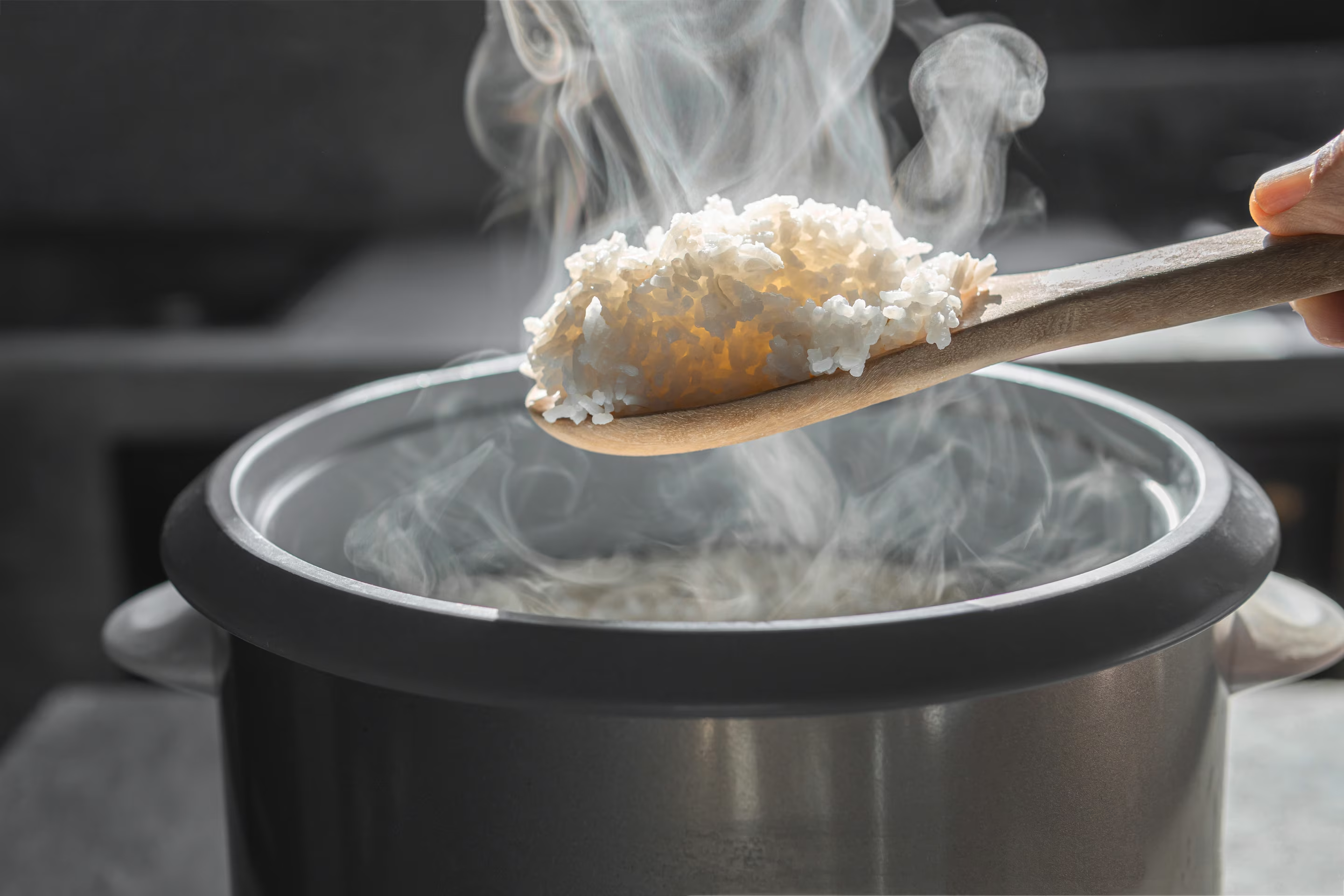
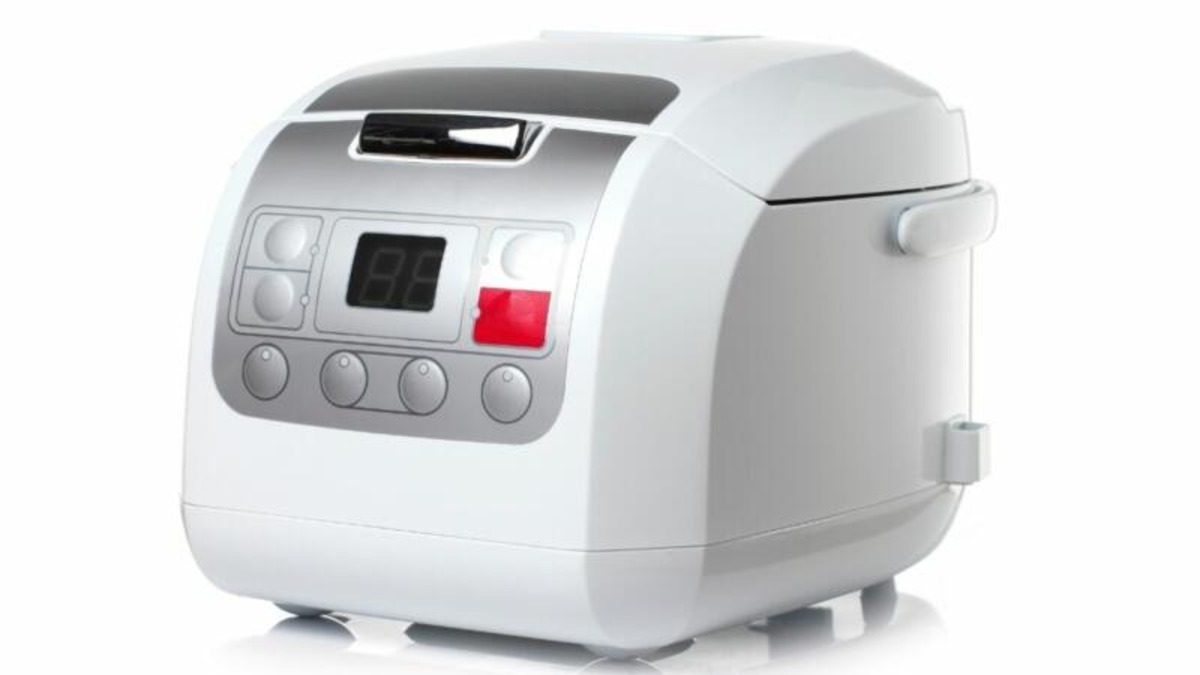
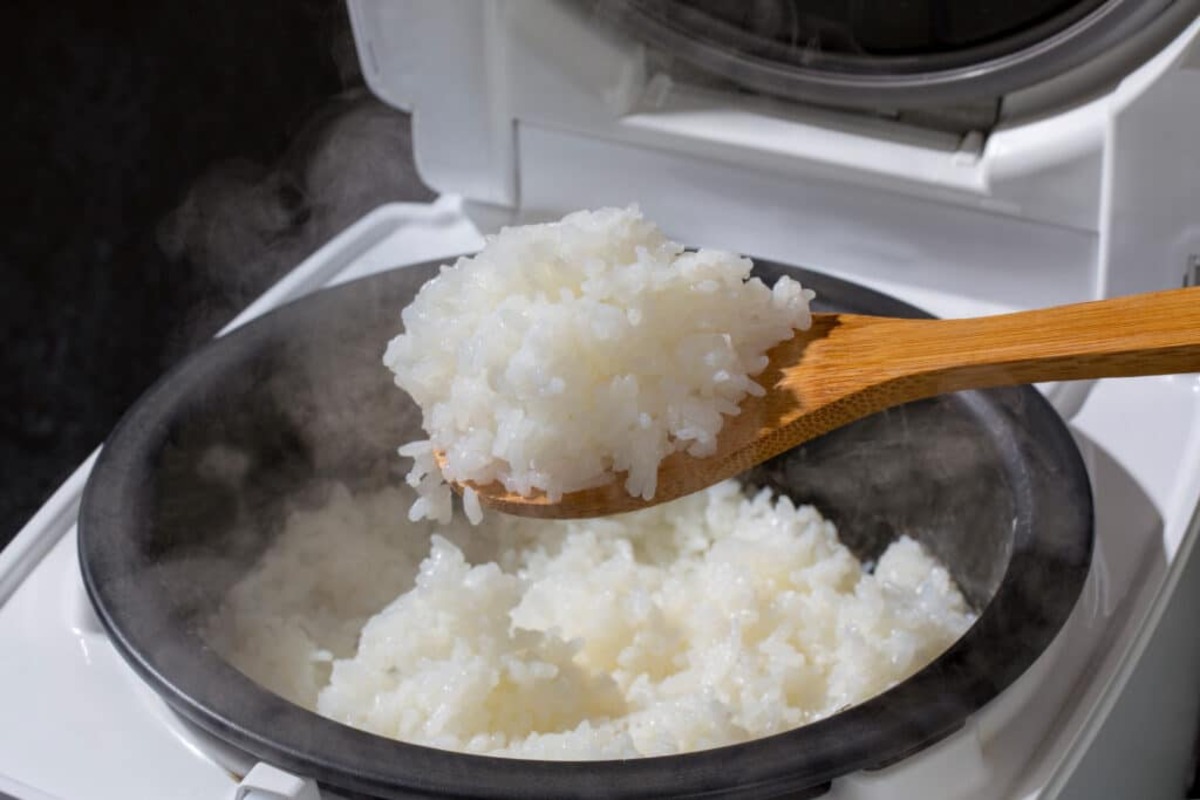
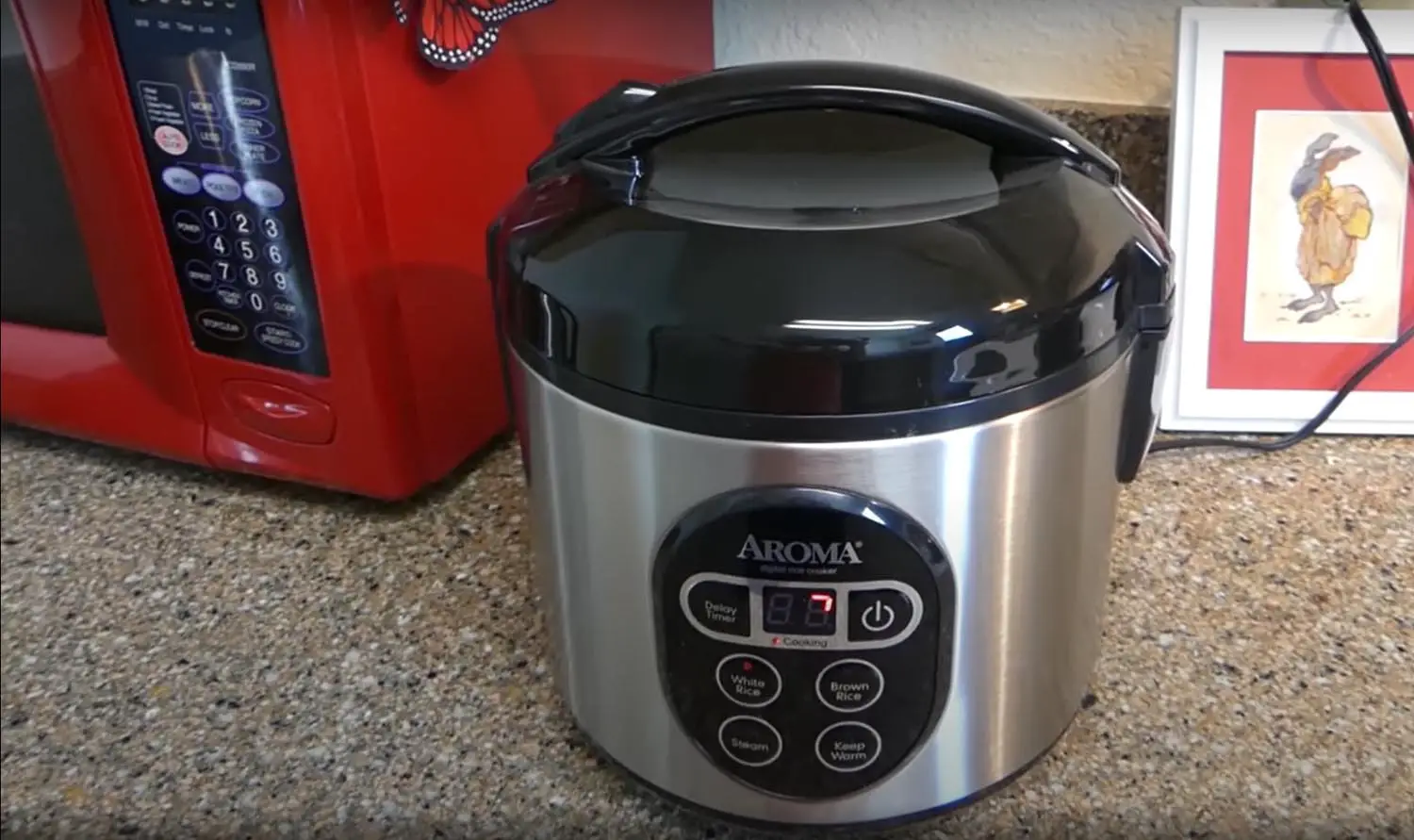
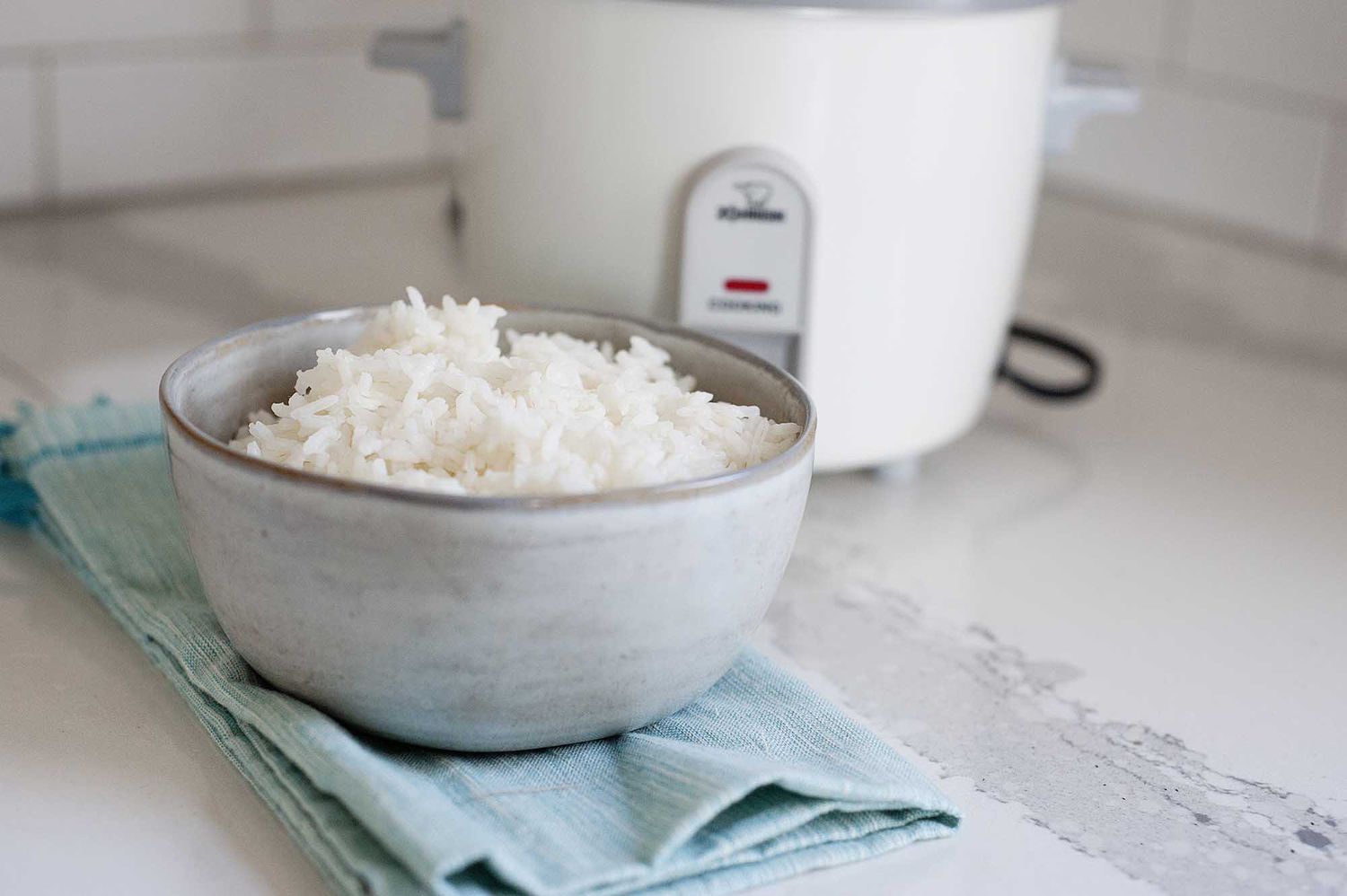
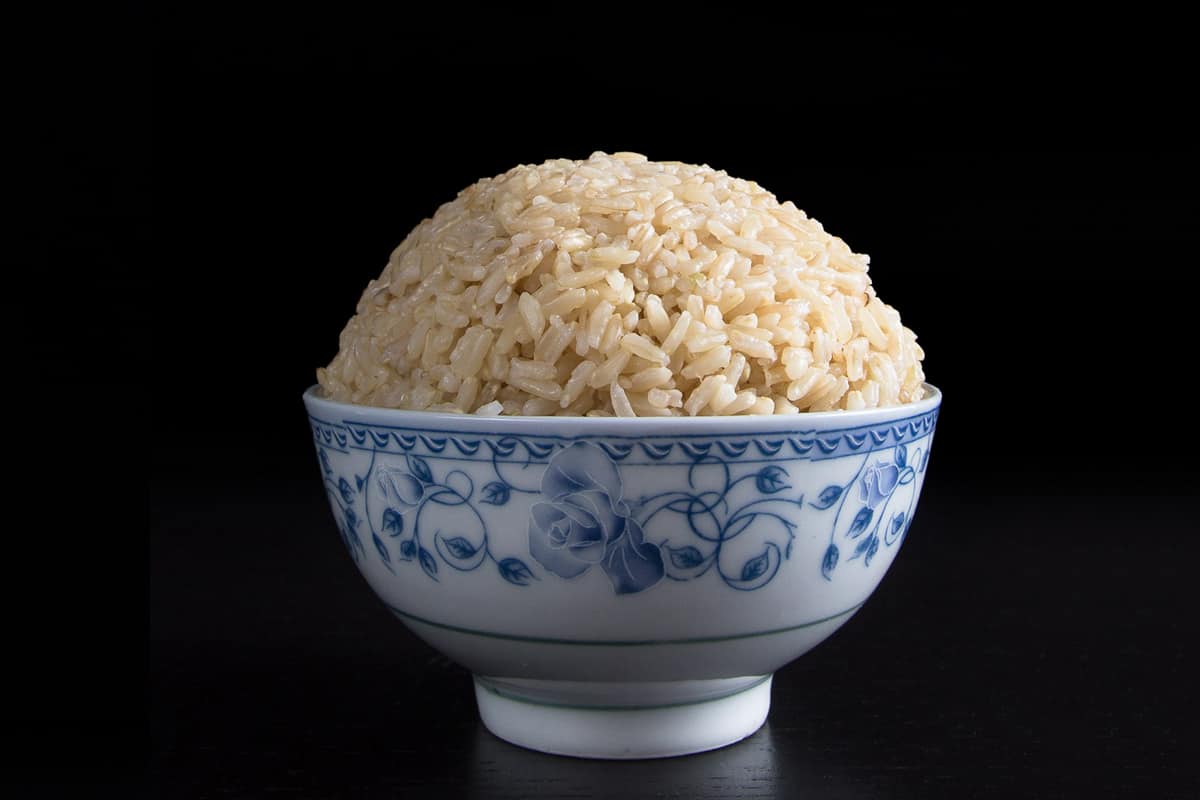
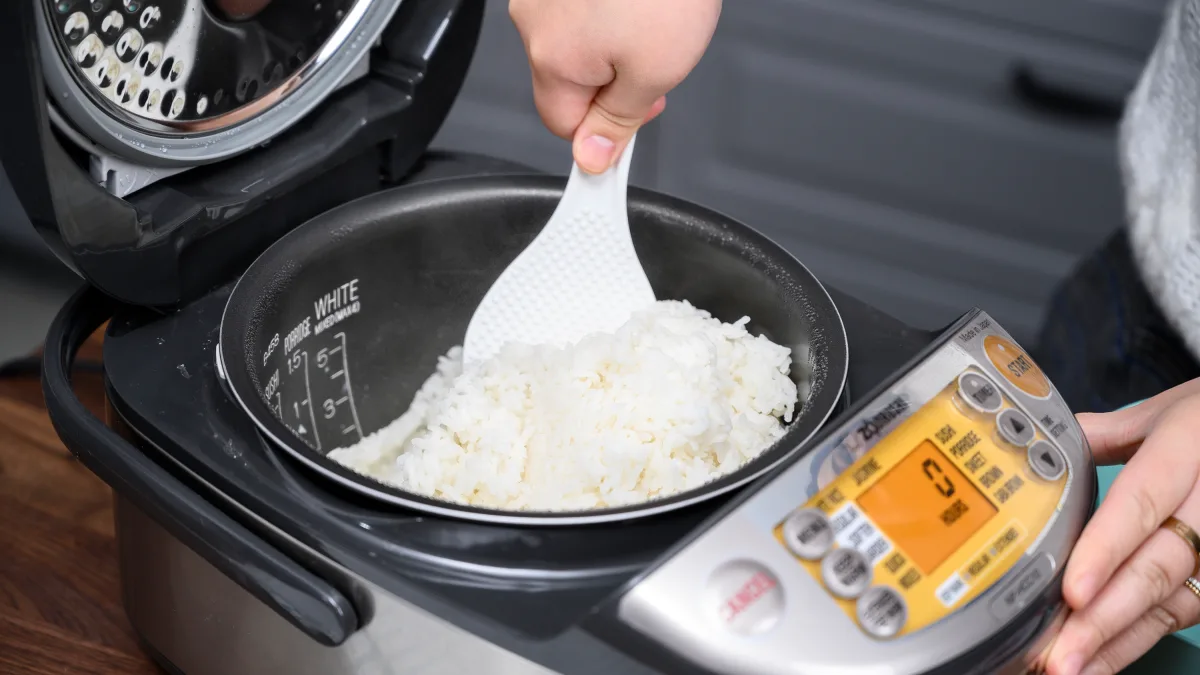
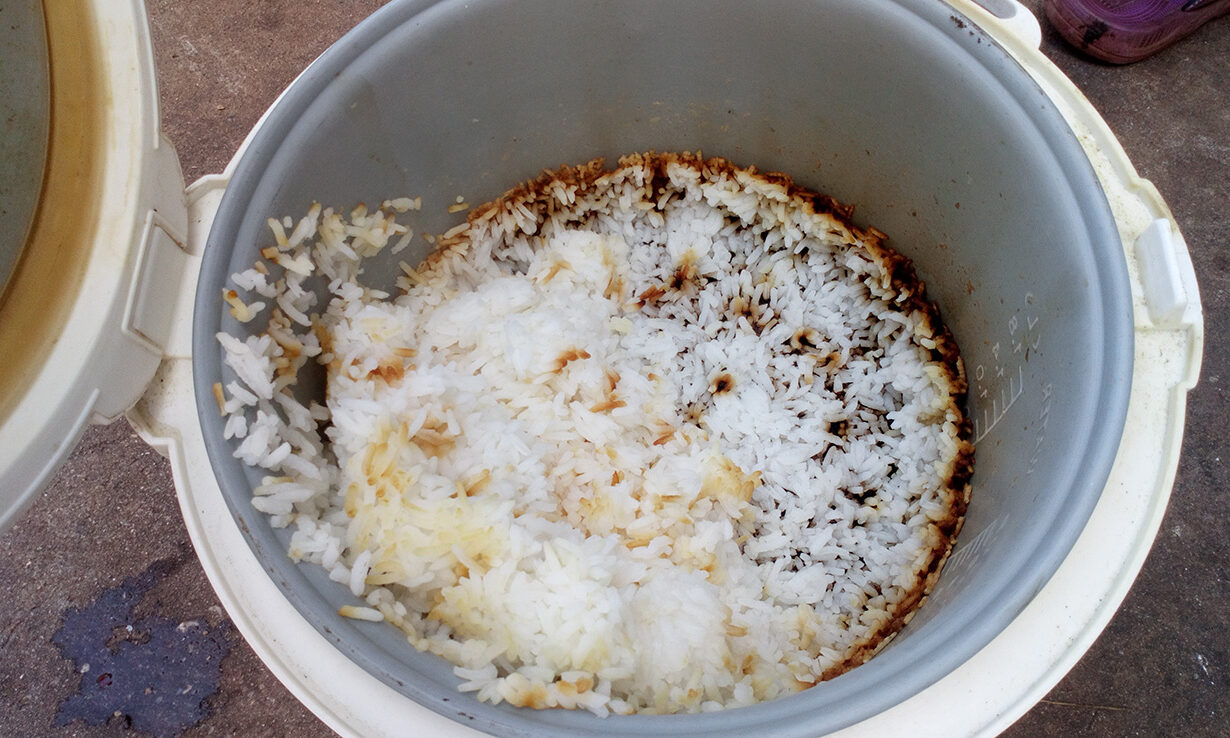
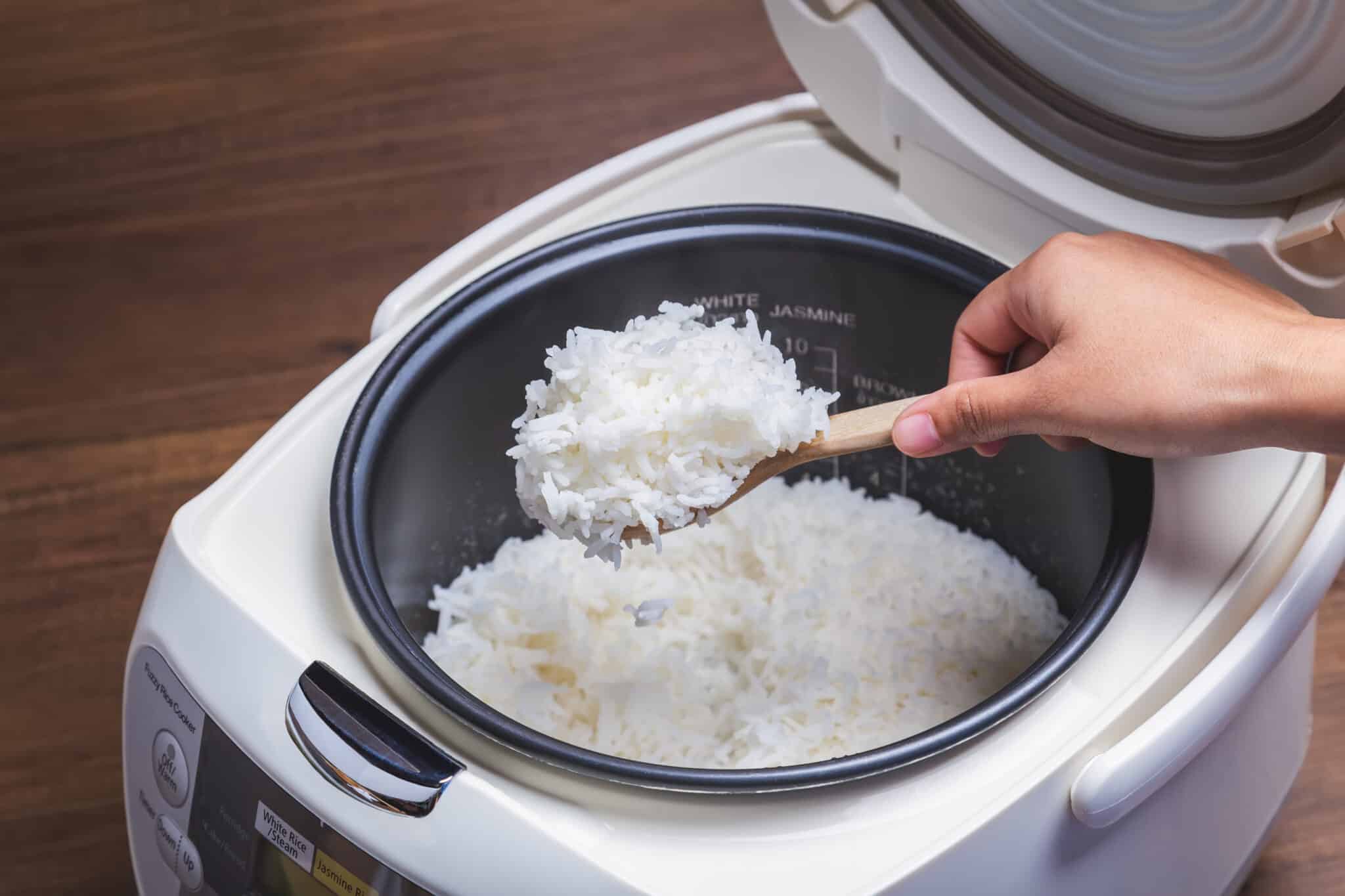
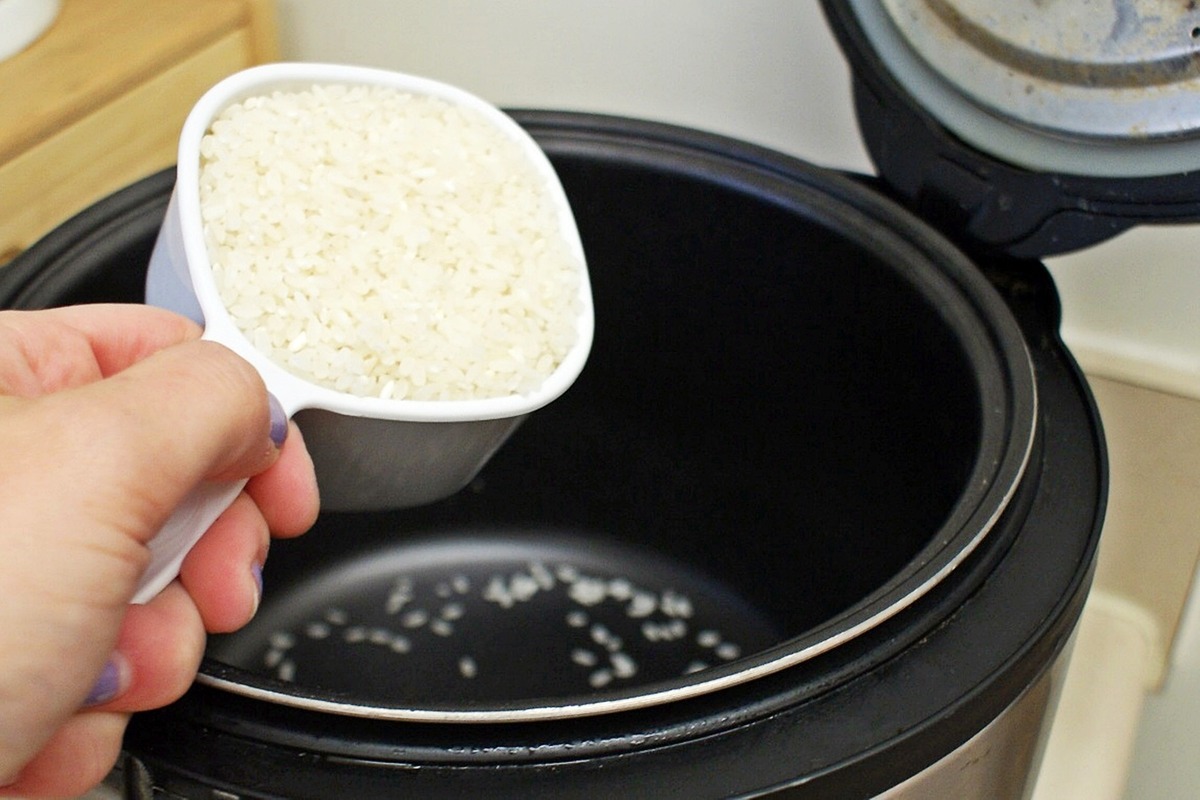
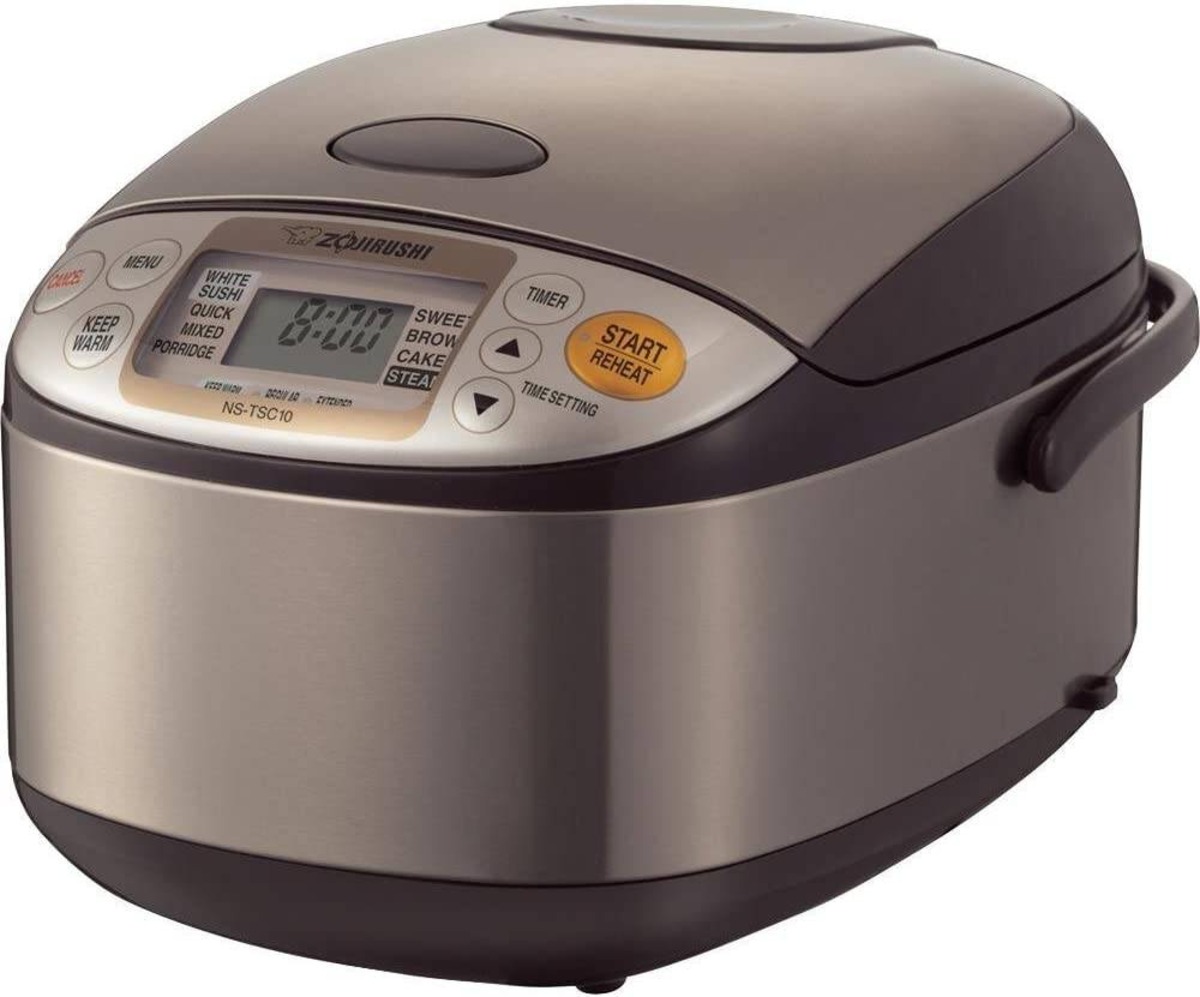
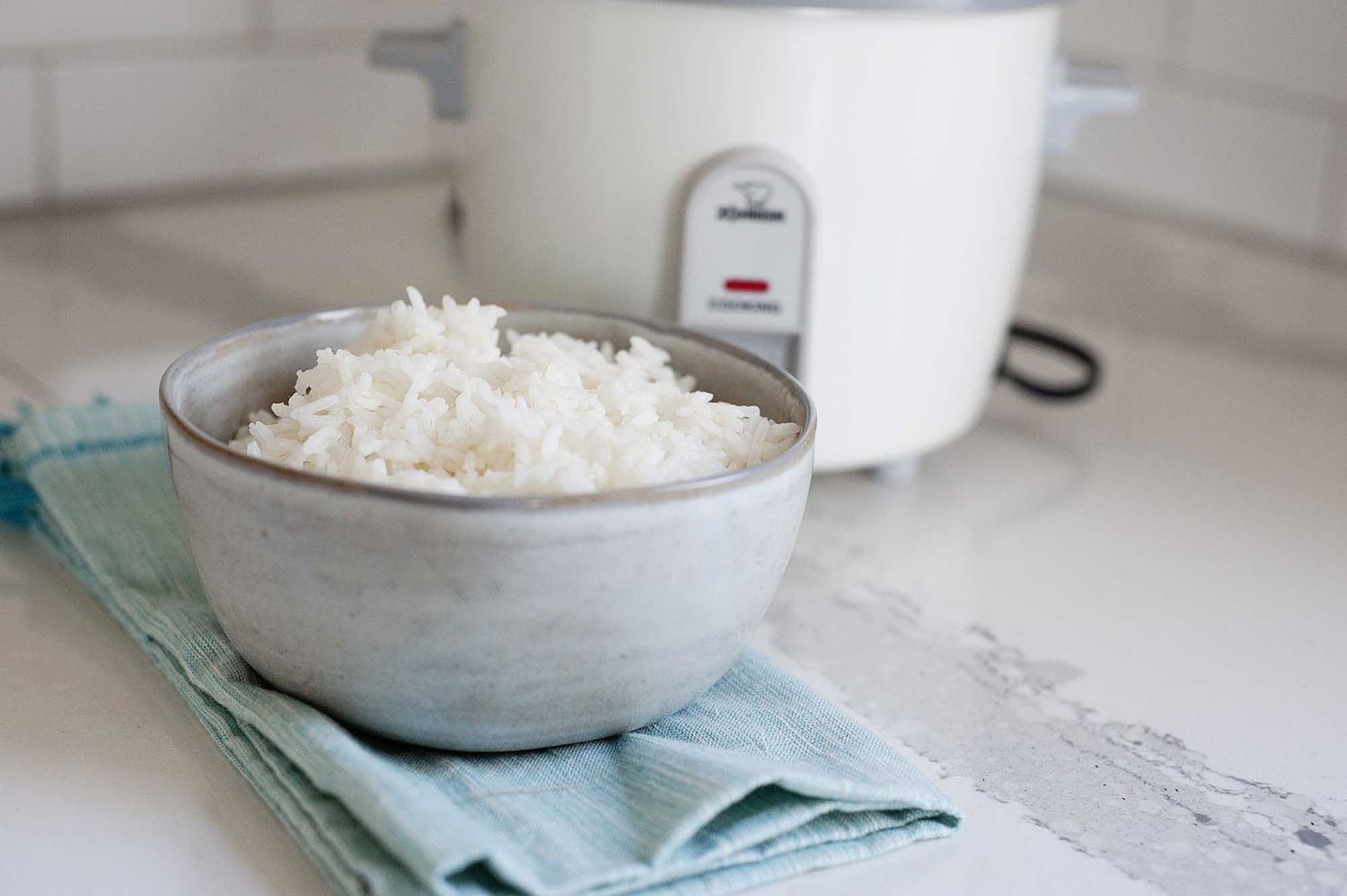
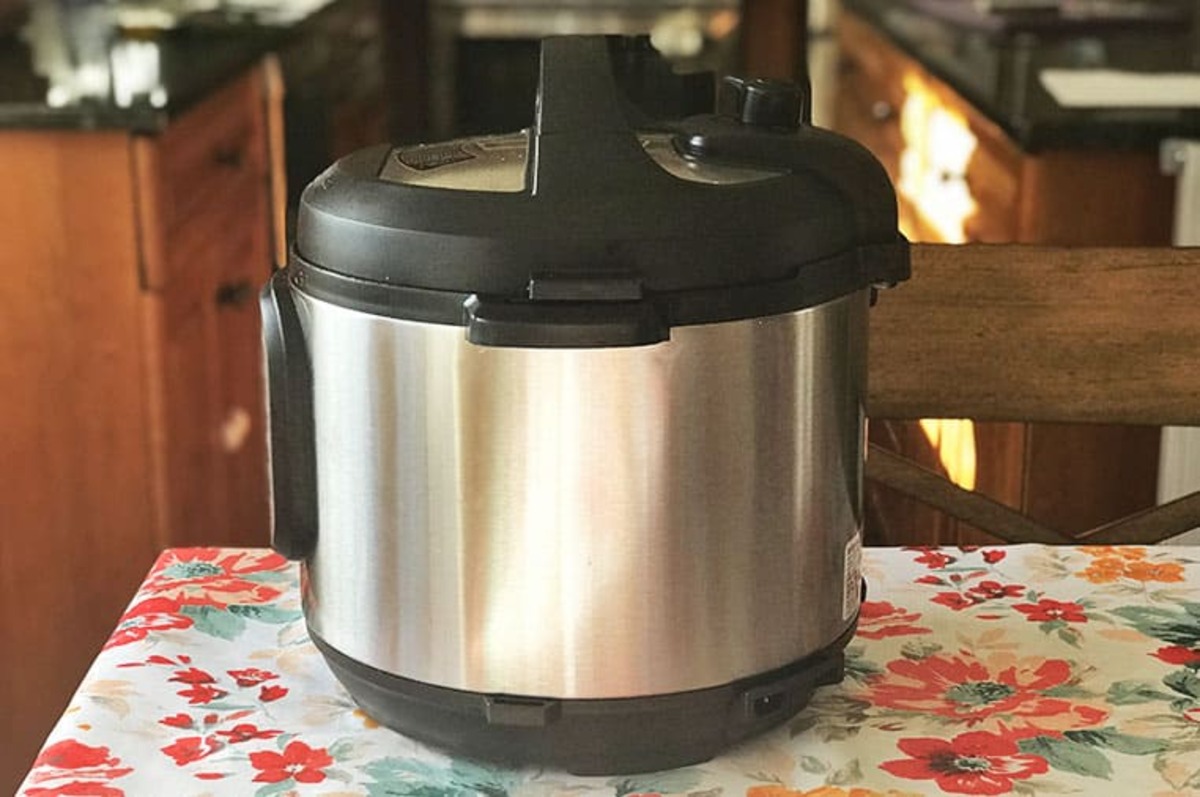

0 thoughts on “How Does Rice Cooker Work”